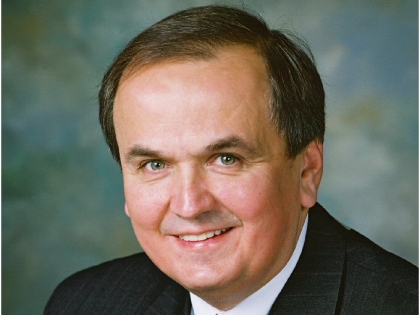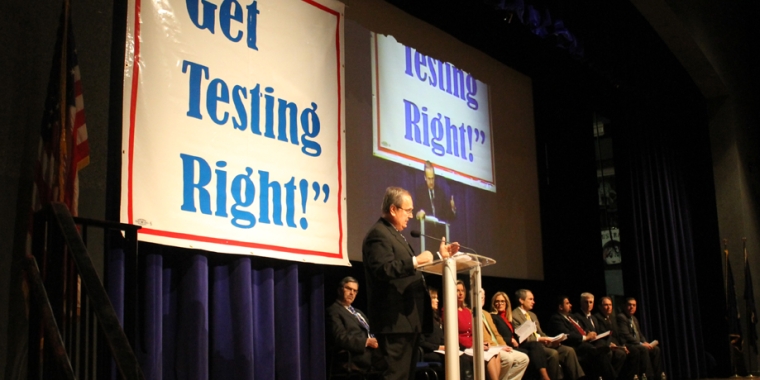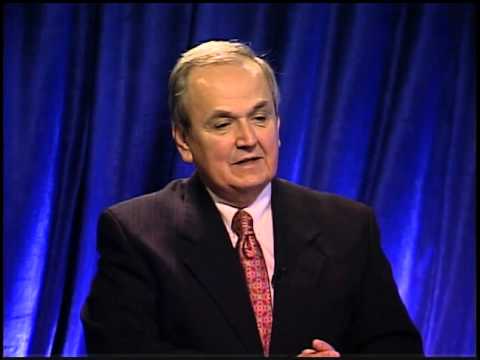
State transit funding targets NYC but excludes upstate
ALBANY — A deal approved Wednesday for New York City’s transportation system contains no funding to fix upstate roads and bridges.
The approval breaks a decades-long tradition of coupling spending on upstate roads and bridges with money for New York City’s transportation system. The three leaders from New York City who crafted the arrangement, which leaves out Long Island as well as upstate transportation projects, offered a simple message about upstate funding: Trust us.
The $2.26 billion bill approved Wednesday provides a funding mechanism for capital projects for the New York City area’s Metropolitan Transportation Authority, which, Gov. David A. Paterson said, “will put a lot of people back to work and keep others working.”
“Upstate roads and bridges have never been a priority throughout the whole MTA process,” said Senate Minority Leader Dean G. Skelos, a Republican from Rockville Centre on Long Island. “The governor, the [Assembly] speaker and the [Senate] majority leader, all from New York City, never showed any interest in coming up with the plan.”
Each of the previous two five-year capital transportation plans totaled $17 billion and were attached to an MTA capital plan that contained identical funding levels.
One Democrat in the State Senate said the linkage had ensured “that upstate doesn’t get ignored.”
But this time, officials said, talks over the cash-strapped MTA involved an emergency. They also noted that they still have plenty of time to come up with an upstate transportation program. They also added that the rush of new federal stimulus money will be used this year for upstate transportation projects.
“Our next project related to this transportation issue will be to have an effective, statewide road and bridge plan,” Paterson said.
The MTA bill directs the state Transportation Department to provide an outline of capital needs by Oct. 1.
But Republicans weren’t buying the Democrats’ explanation.
They charged that omitting upstate roads and bridges is part of a trend that began in January, when Democrats took control of the State Senate, placing the power of both the legislative and executive branches into the hands of residents of New York City.
“Do it now,” Skelos said, pushing for an upstate and Long Island trans- portation plan.
“Upstate is being left behind once again,” said Sen. George D. Maziarz, R-Newfane.
The plan also includes at least $60 million in state funding to reimburse school districts in the MTA region that face higher costs from an increase in payroll taxes that affects only employers in the 12- county downstate region. Maziarz said that money will come out of the general fund.
The new payroll tax also applies to the state for workers it employs in the downstate region. As a result, the state will provide the MTA with another $18 million.
“So the reimbursement is coming out of Western New York and upstate,” Maziarz said.
But upstate Democrats said they believe Paterson, Smith and Silver — that the roads and bridges program will be settled this fall.
Sen. William T. Stachowski, a Lake View Democrat, said he and other Democrats went to Smith with a simple message: “We can’t vote for this bill without a solid commitment for upstate roads and bridges.”
“I believe the commitment is valid,” he said.
Assemblywoman Francine DelMonte, a Lewiston Democrat, added, “We’ve been assured that funding for roads and bridges will be forthcoming.”
She also noted that dozens of manufacturing companies across upstate, including facilities in Buffalo, Lockport, Tonawanda and Orchard Park, make parts for MTA buses, subways and rail cars.
“It involves a lot of jobs upstate,” she said.



